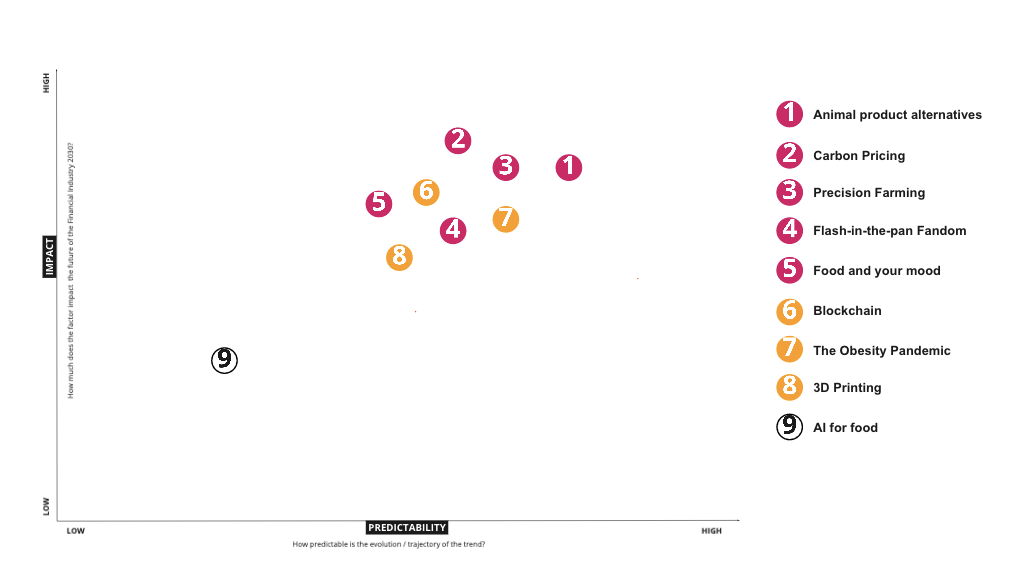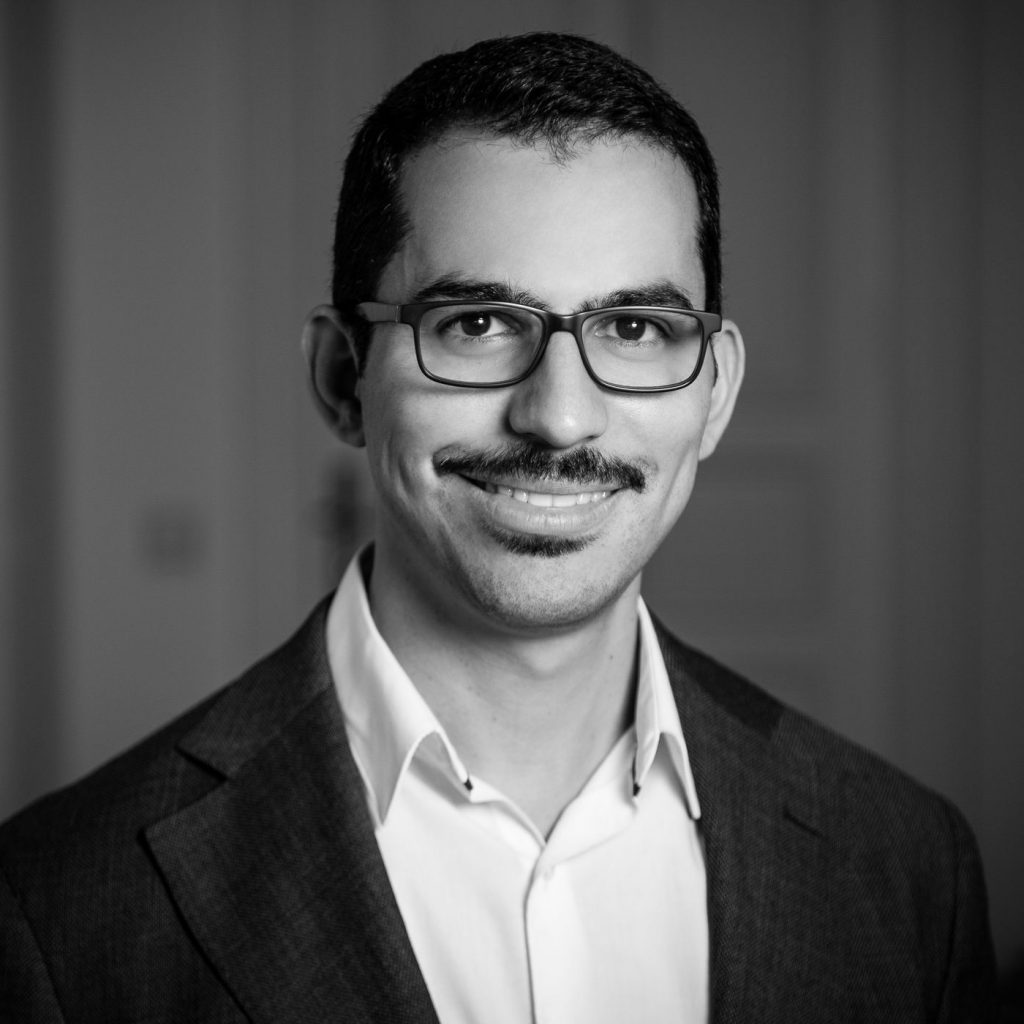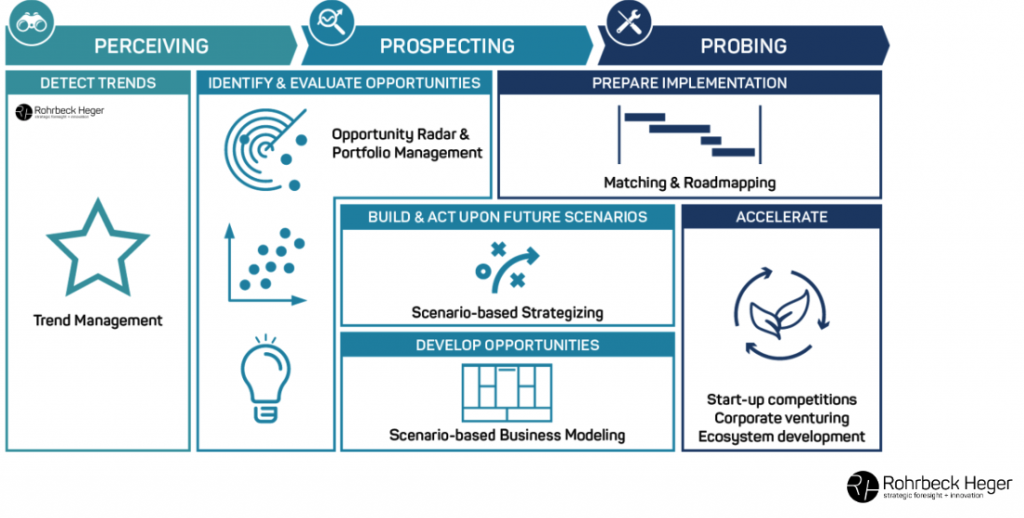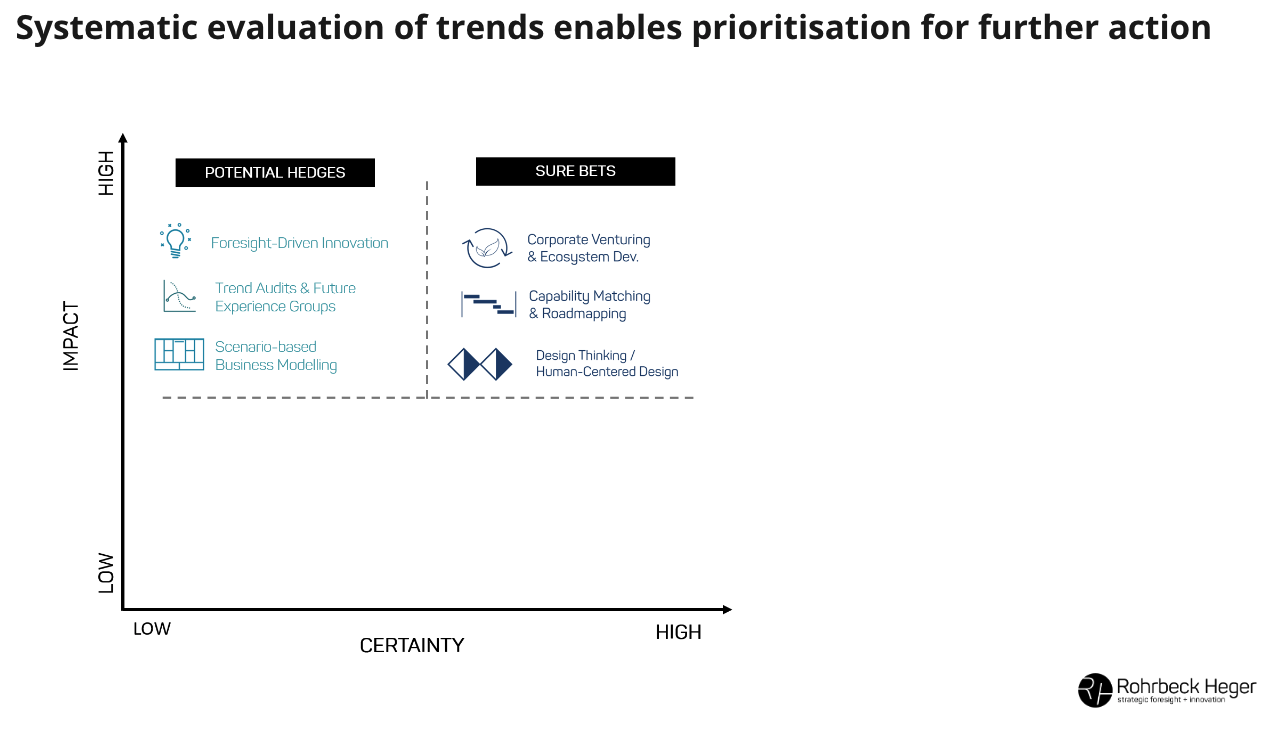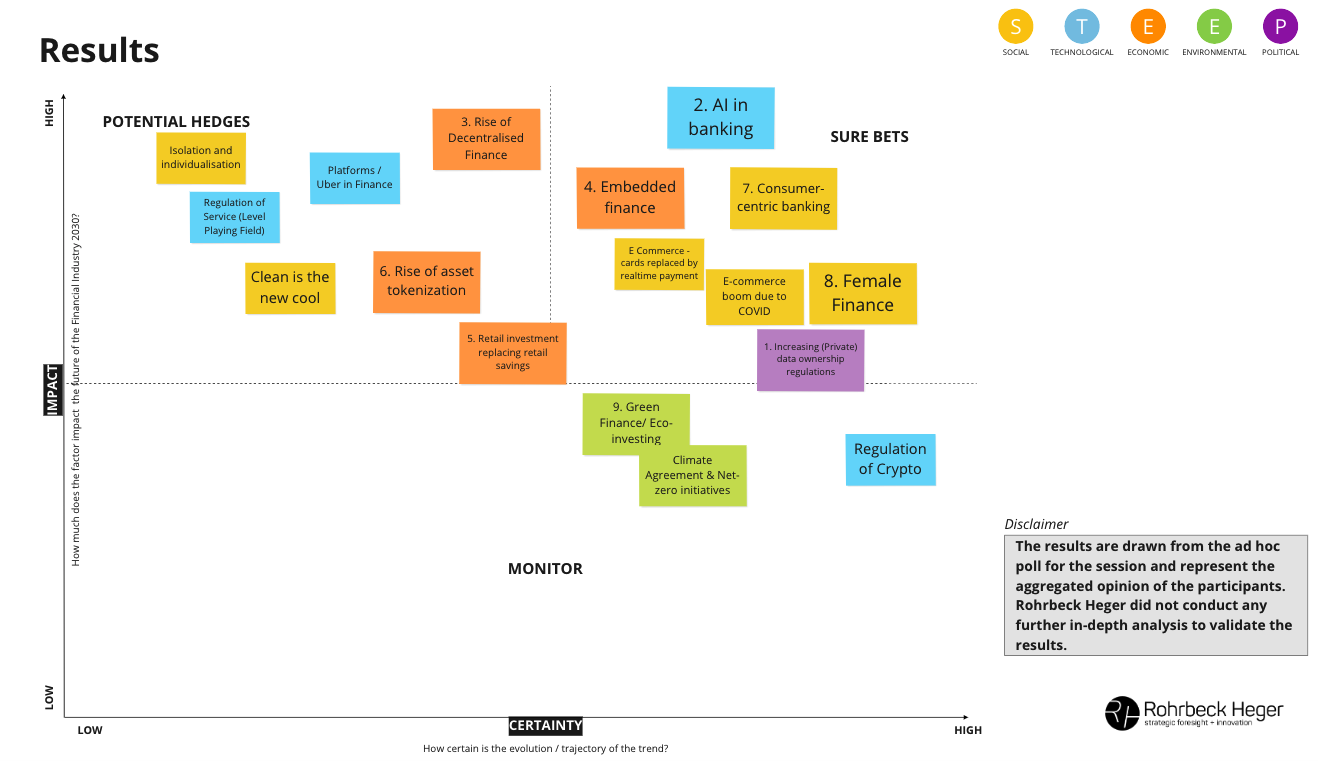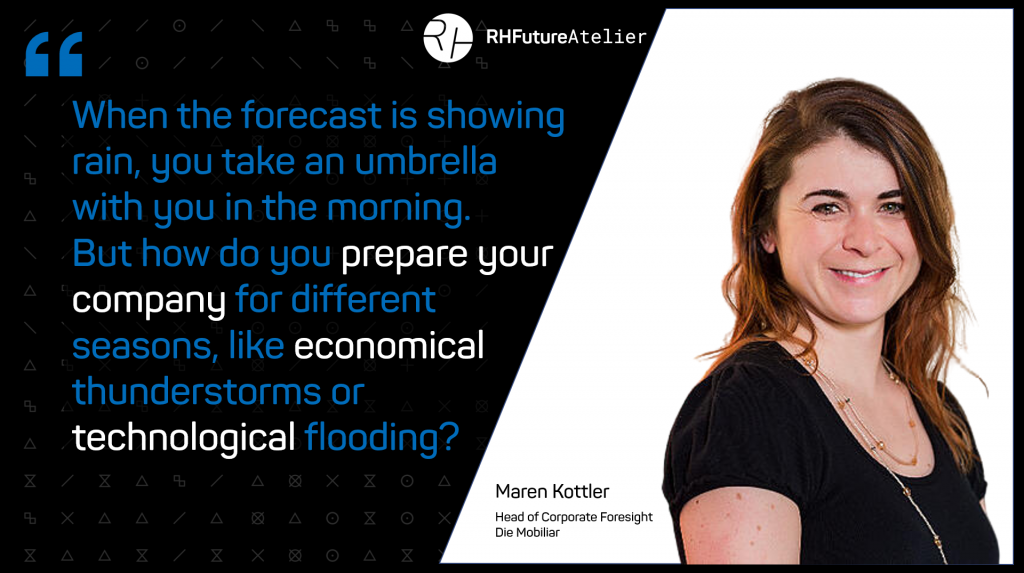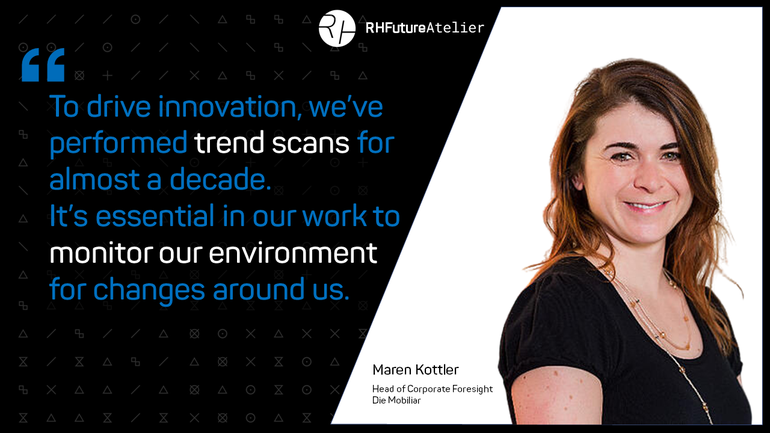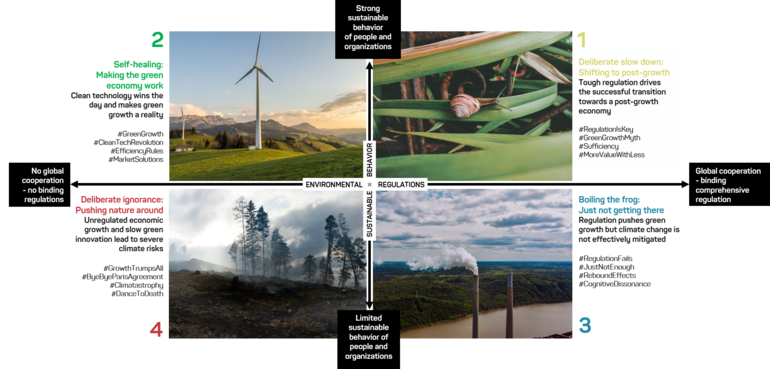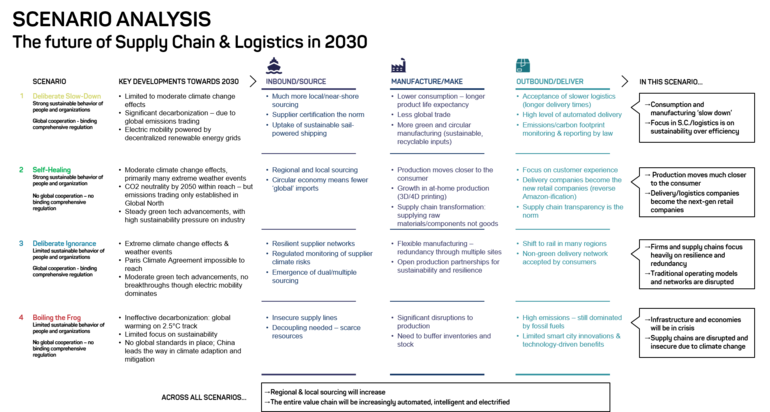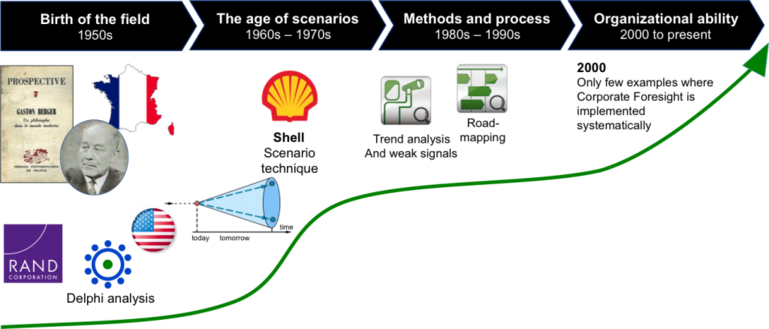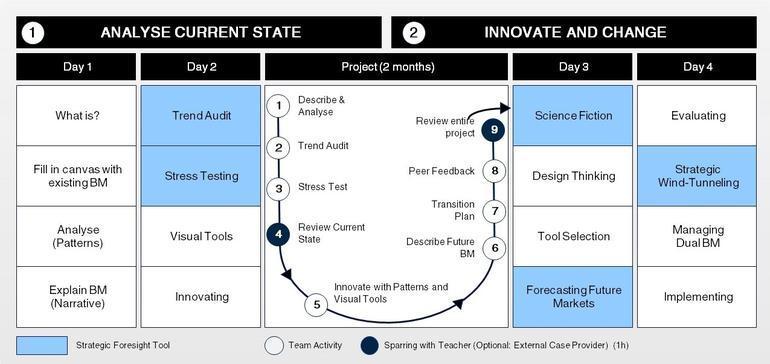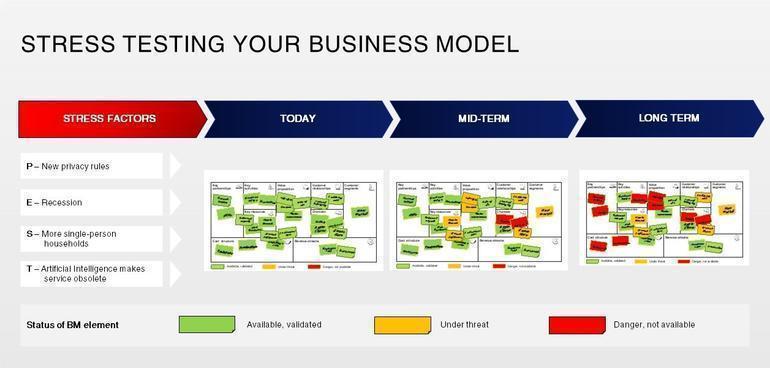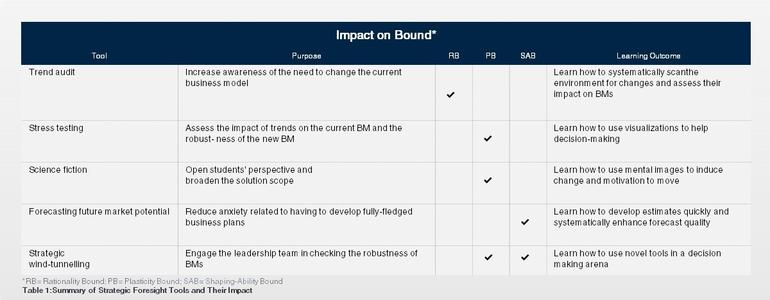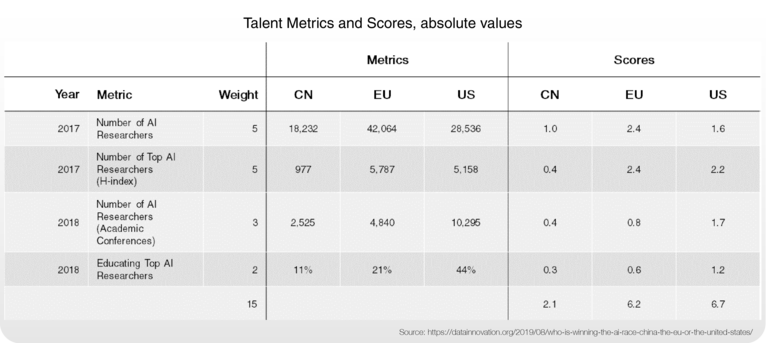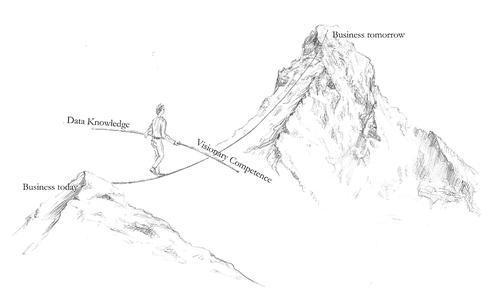Headquartered in the USA, the global snacking powerhouse Mondelez is the parent company of beloved worldwide brands such as Oreo, Milka, and Cadbury, plus local favorites including Russia’s Alpen Gold chocolate and Kinh Do biscuits in Vietnam. With a strong presence on all 6 continents, this manufacturer of biscuits, chocolate, candy, and more is valued at 90 billion dollars.
Rohrbeck Heger was pleased to welcome Serhiy Kalinovsky, Senior Manager at Mondelez, who leads the strategic foresight function at the multinational snacking company. Based in Singapore, he joined our third Future Atelier, a series of digital events exploring future trends, this time in the food industry, and an opportunity for our clients to share their experience in working with Rohrbeck Heger in building their corporate foresight capabilities.
This interview has been edited and condensed for clarity and brevity.
How did foresight at Mondelez get its start?
Mondelez’s CEO, Dirk Van de Put, is very vocal about promoting the idea of leading from the future. This idea is supported by strategic foresight: in order to be successful in the future, you need to first envision and understand what the future might be. Then, you need to pass the vision of the future to your team so that together you can create a strategy for the company that will lead to future success. And that’s exactly what we would like to support. Our strategic foresight ambitions, the department that I’m leading, is there to promote long-term thinking and spearhead a forward-looking culture in our company.
In 2018, Dirk Van de Put unveiled a new Mondelez global strategy and a new company mission. The short version is “snacking made right.” The longer version is that we would like to “lead the future of snacking” around the world by offering “the right snack for the right moment and made the right way.” As you might have noticed, the very word “future” is already in the company mission!
To act on that promise, we need to understand what the future of snacking is likely to be. And we’re not just interested in what it would look like in a couple of years from now. We want to understand the future of snacking in the longer term so we can be a successful company in that version of the future.
We’re not just interested in what it would look like in a couple of years from now. We want to understand the future of snacking in the longer term
How did you build your foresight unit at Mondelez?
When we were planning to launch strategic foresight, we had a question: what kind of foresight unit are we trying build? We identified two models of deploying strategic foresight in an organization. We call the first model Oracle, a reference towards the Oracle in ancient Greek mythology. An Oracle is a person who predicts the future. Kings and heroes would come to the Oracle and the Oracle would enlighten them, tell them what kinds of events would be in the future. The Oracle model is especially popular with governments because they have vast resources and it’s beneficial for them to create a specific department staffed with experts and analysts that work on strategic planning.
What are the advantages of this model? You can get a ready answer to your questions or interests pretty quickly, and with a great deal of expertise. But there are downsides. The rest of the company is detached from strategic foresight practices. And you need to deploy significant resources to build such a large strategic foresight unit.
The second engagement model is what we call Prometheus. And Prometheus, also a figure from ancient Greek mythology, was a people’s champion. He stole the fire from Mount Olympus and brought it back to humanity, empowering them, right? Because fire is a powerful tool, it’s the enabler. So, in this model our foresight unit is small and leverages the knowledge, expertise, passion, and curiosity of the entire company to champion the strategic foresight approach. And that’s exactly the model that we’ve deployed at Mondelez International.
Read further below
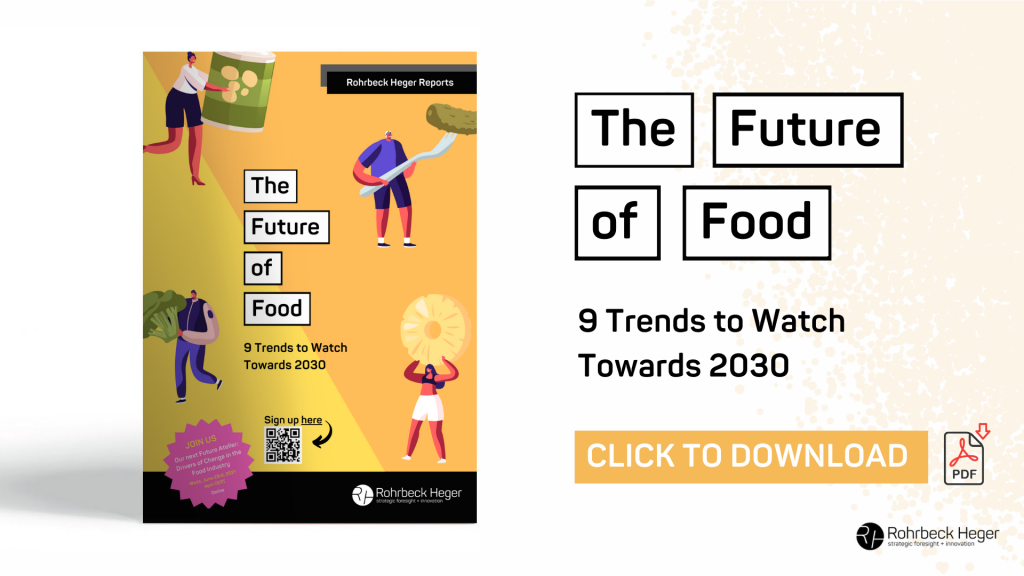
What does leveraging the entire company’s power look like in practice?
We have a small unit, basically just two people, me and my teammate. But we are currently building a strategic foresight community that is already thirty people and counting. We will be bigger in the future, a team that is trained, empowered, and has strategic foresight tools. They act as local strategic foresight champions in their business units and in their functions.
We operate with a so-called impact-oriented trend management process. Strategic foresight has three phases: perceiving, prospecting and probing. Perceiving is about detecting change: horizon scanning and trend management. The second stage is understanding what this change means, which changes matter for our use case and for our company. Then we work with those trends that might significantly impact the future of our business. And finally, probing is acting upon the changes that we’ve prioritized from the trends at the previous stage. Essentially embedding trend management into the company’s strategic activities.
Do you use specific tools or practices within the company to execute on foresight?
In order to build a strategic foresight community, we have a tool that we call FTR. This is our own interactive trend management platform where we host the Mondelez trend framework. It is a holistic description of all the change that happens around us. And the platform has trend evaluation and trend prioritization modules, as well as the module that helps us to derive opportunities and threats directly from said trends.
We can deploy scenario planning to understand the future state of the questions that are very, very important for our company. These trends, opportunities, and threats get either put directly into strategic activities, into different levels of company strategy, or they become part of the situational assessment of strategy formulation and the strategy revision process. In both cases, they have a direct impact on how we formulate strategies. And remember, all this strategic foresight machinery is managed by the foresight unit, but truly powered by the strategic foresight community. It is really instrumental in driving this process.
And remember, all this strategic foresight machinery is managed by the foresight unit, but truly powered by the strategic foresight community. It is really instrumental in driving this process.
What would you say are the greatest challenges to actually make strategic foresight create an impact within the organization?
I wouldn’t say that we have challenges yet, because at the moment our company is just starting to build foresight capacity. We started by talking to various stakeholders around the entire company and overall the company is very receptive towards the idea. Leading from the future is endorsed by company leadership, as I mentioned, and there is a lot of enthusiasm and support in the entire company, and an understanding that we need to become more future-oriented.
Something I can advise to take into consideration as you build your foresight unit in your organization is to remember the importance of communication with various stakeholder groups. Frequent, consistent communication, plus alignment is important. It’s a big, big thing at Mondelez because we have about 80,000 employees, and numerous stakeholders. And while we are technically a part of insights and analytics, we have stakeholders in basically all the departments throughout the company. We’re talking about hundreds of different stakeholders. It’s absolutely critical to maintain good, clear, and transparent 2-way communication with all of them for the success of the project.
What does Mondelez think about agility, using trial-and-error-based exploration of future markets?
This is something that Mondelez has thought about for a while already, and that’s why we have a “startup” within our company, called Snack Futures. It’s a small team that essentially has a blank cheque to explore the future of snacking. They experiment a lot with formats, with brands, with approaches, and put a lot of ideas to the test. Snack Futures is one of our biggest stakeholders within Mondelez for the foresight, because they are so future-oriented.
Mondelez is truly global. Let’s say you want to gather foresight for a specific region, how do you do that?
This is the exact question that we are being asked inside Mondelez by our business units and local teams. We have multiple ways of incorporating the geographical dimension when it comes to trends in our platform. First of all, when we do trend evaluation, we can see evaluation coming from our colleagues in different geographies, sharing the perspective of their geography. This is the first way of understanding regional differences when it comes to the same trend. The same trends may manifest themselves differently and may have different dynamics in various parts of the world.
The second dimension is that the tool we have allows us to create regional or even local country-specific trends. So, if this is warranted – because today I would say a vast majority of trends are either global or have a propensity to become global – but if it is warranted to create a specific local trend that is unique for a certain country, we can certainly do it.
The third dimension is that for each trend we have a so-called “signals module” inside the platform that delivers fresh news and a fresh perspective about a trend. This tool is driven by artificial intelligence and has a geographical stamp. So, you can easily filter out what’s relevant for trends that are coming from China or Russia, for example.
Today I would say a vast majority of trends are either global or have a propensity to become global
What specific current trends stand out to you? What is super important for Mondelez, but also in general, when working towards the future?
I would say the usual suspects, so trends that are very big and impactful and that would define the trajectory of the future of food. First of all: sustainability. This is a huge trend. Of course, it’s not only relevant to the food industry. Second are a number of trends around the changing nature of well-being. What does well-being mean for people? What does it mean for our consumers? And another usual suspect is digitization and everything associated with it, like advanced technology, precision agriculture, autonomous logistics, etc. And what we call “retail 4.0” – the changing landscape of retail, including but not limited to the rise of e-commerce.
Thank you, Serhiy!

